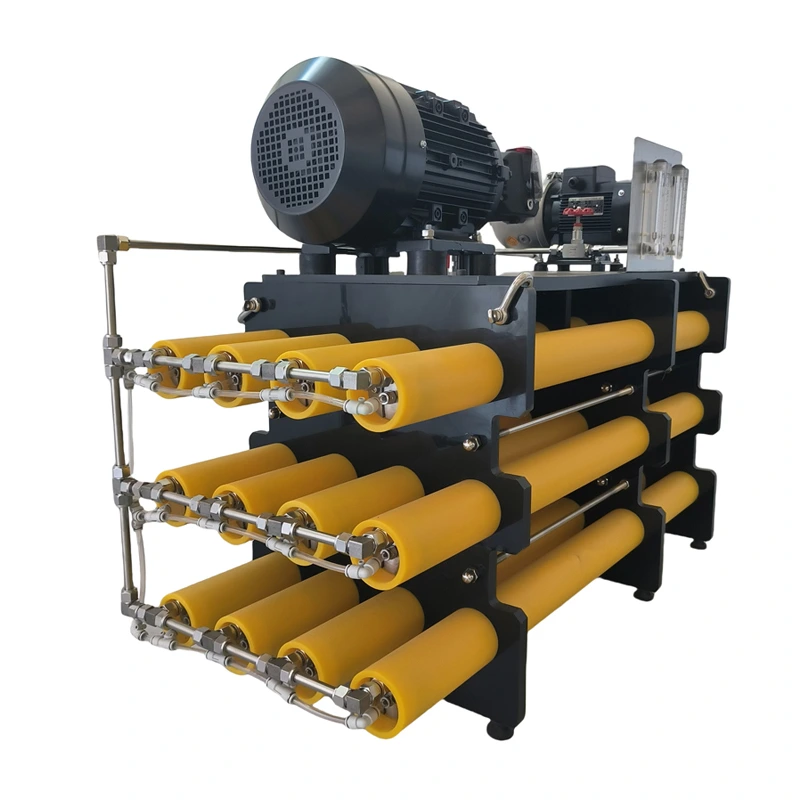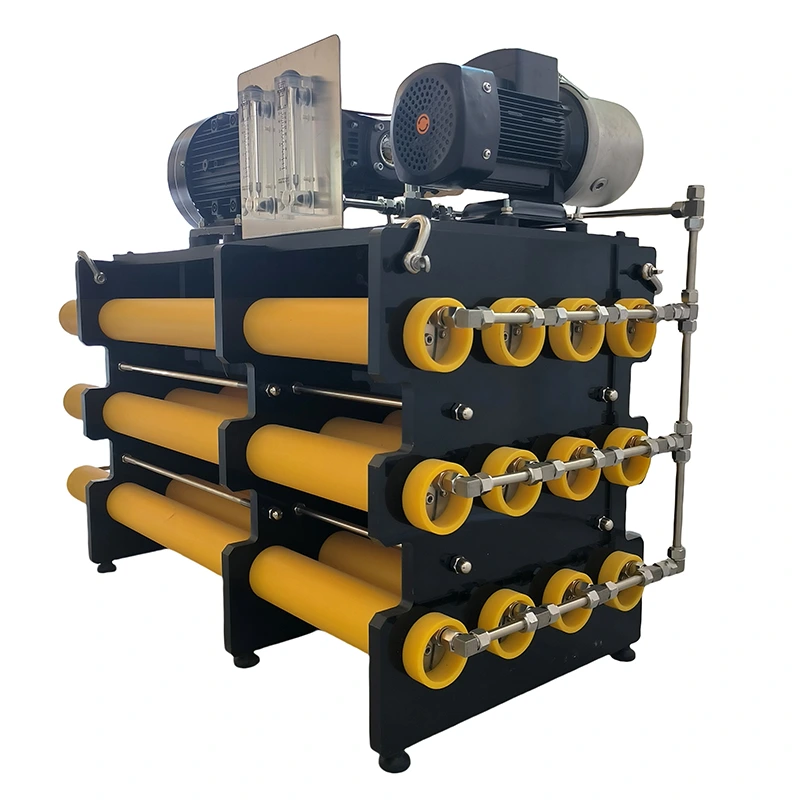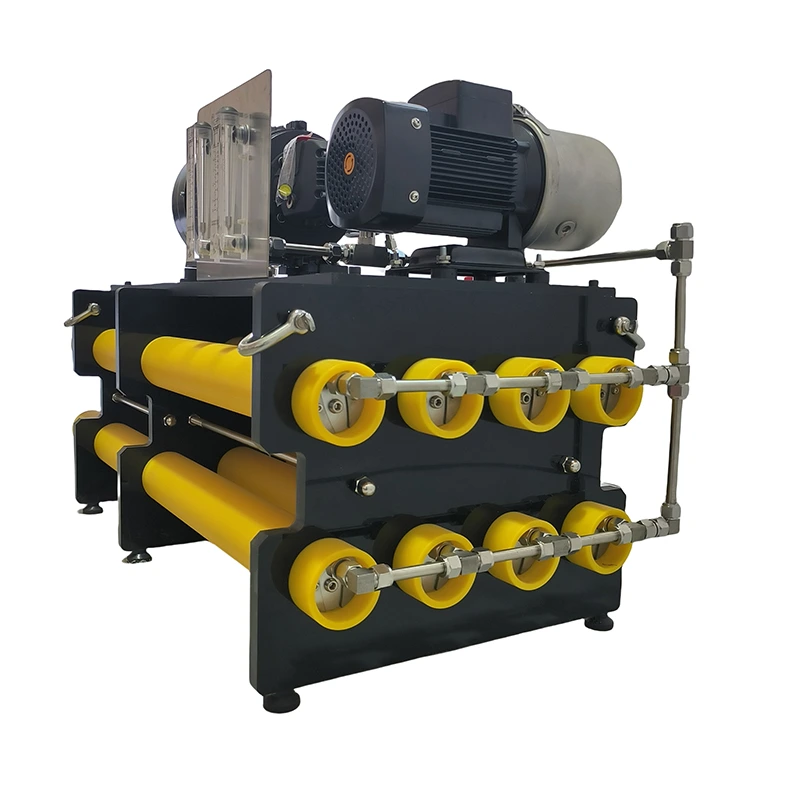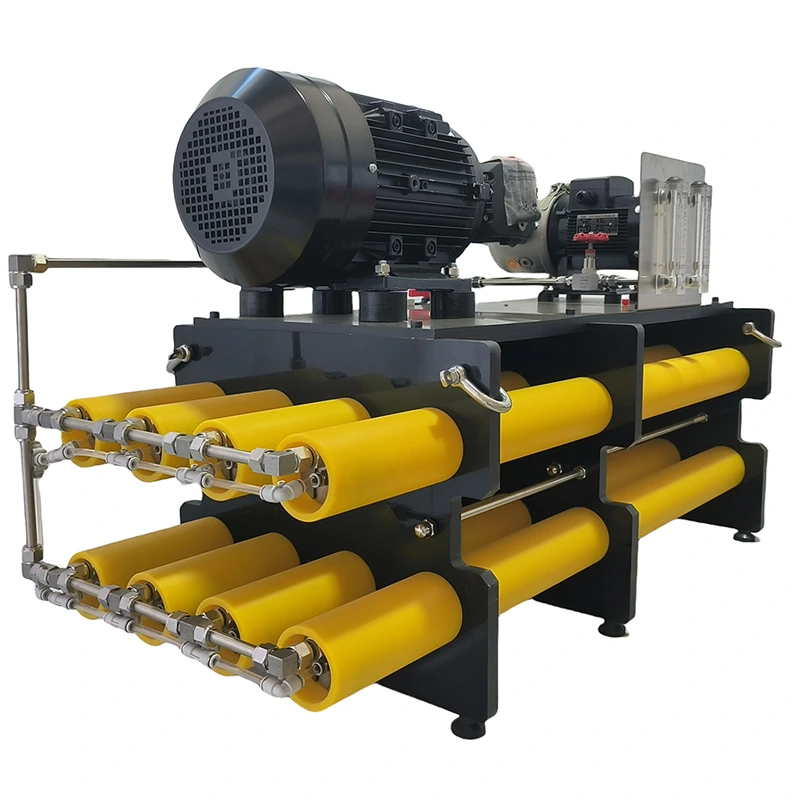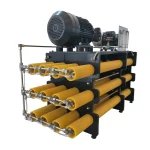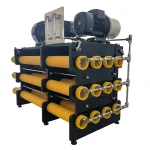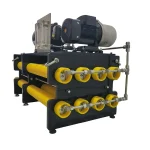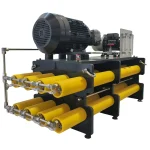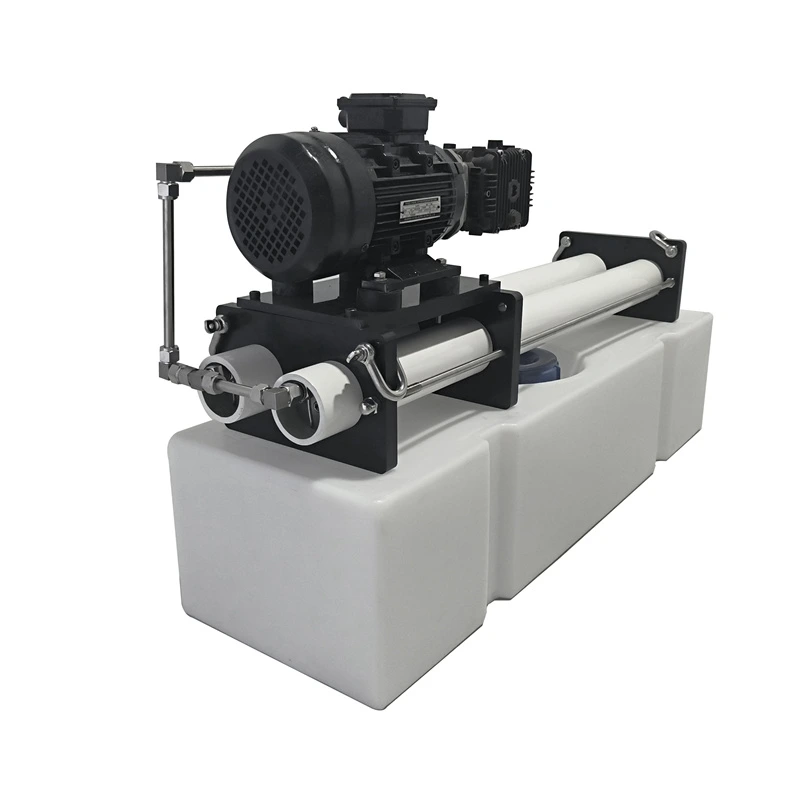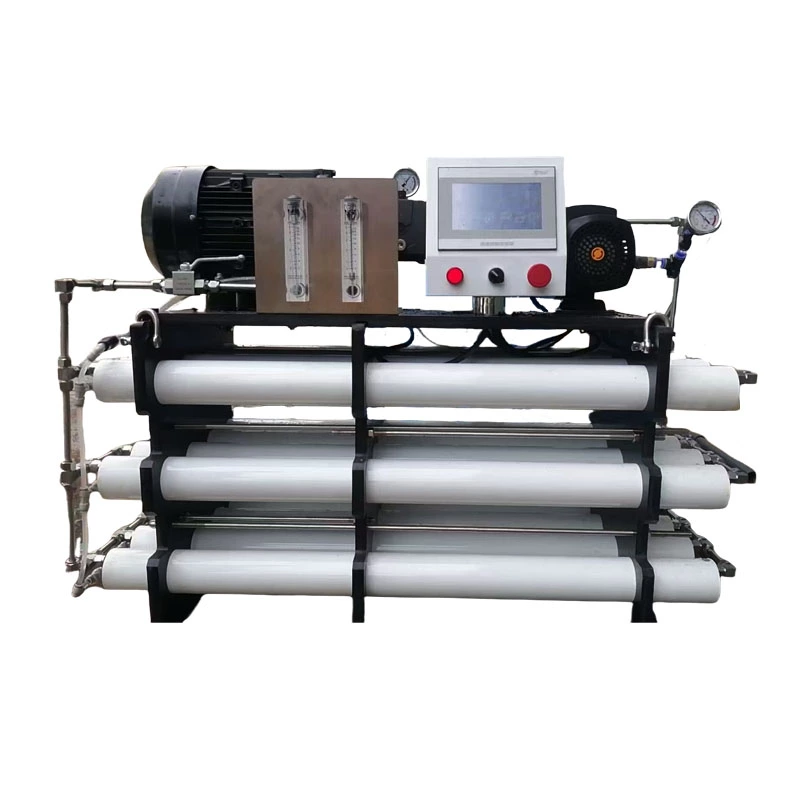BasideWT- Whole Home Water Filtration System & Replacement

BasideWT 500l/h 1000l/h Seawater Desalinator Yacht Watermaker Boat Desalination Salt Water to Drink Water RO Plant
PRODUCT PARAMETERS
- Product Name: Watermaker
- Productivity: 500l/h 1000l/h Customized
- Type: Reverse Osmosis Filtration
- Usage:Seawater Desalination
- Function: Producing Fresh Water
- Applications: For Boat Drinking water use
- Technology: Seawater Desalination RO membrane
- Processing Type:Filtration, Desalination, Reverse Osmosis
- Brand: basideWT
- Warranty: 1 Year
- Packing: Standard Exportation Package
What is a Seawater Desalinator?
A seawater desalinator is a device that removes salts and other impurities from seawater, making it safe for human consumption. It works by passing seawater through a semi-permeable membrane that filters out the salt and other contaminants, leaving only fresh, drinkable water.
Types of Seawater Desalination Systems
There are mainly two types of desalination systems used on yachts: thermal distillation and reverse osmosis (RO). While thermal distillation relies on heat to separate fresh water from seawater, RO desalination uses high pressure to push seawater through a membrane. RO systems are the most popular choice for yachts due to their efficiency and compact size.
How Does a Watermaker Work?
A watermaker typically operates through reverse osmosis (RO). In this process, seawater is pumped through a series of filters before reaching the RO membrane. This membrane acts as a barrier, allowing only water molecules to pass through while blocking the larger salt particles. The fresh water produced is then stored for consumption, while the leftover brine is disposed of back into the ocean.
The Reverse Osmosis Process
- Pre-filtration: Before reaching the RO membrane, seawater passes through pre-filters to remove larger particles and debris.
- Pressurization: A high-efficiency pump pressurizes the filtered seawater, forcing it through the RO membrane.
- Membrane Filtration: High pressure pushes the water through the membrane, which separates salt and impurities.
- Post-filtration: The system passes the fresh water through additional filters after desalination to ensure it meets safety and taste standards.
Watermaker Parameters
| Product Name | Watermaker |
| Productivity | 500l/h 1000l/h Customized |
| Application | For Boat Drinking water use |
| Function | Producing Fresh Water |
| Usage | Seawater Desalination |
| Voltage | 110V / 220V / 380V, 50-60Hz |
| Operation | 24-hour Automatic Operation |
| Brand | basideWT |
Seawater Desalination Equipment for Yachts, Boats, and Nautical Activities
- Ideal for Ocean Voyages, Yacht Sailing, and Nautical Adventures
This advanced seawater desalination system is perfect for ocean voyages, yacht sailing, boats, resorts, and various other marine activities. It ensures that fresh, drinkable water is always available while you’re on the water. - Reverse Osmosis Technology for Safe Drinking Water
Utilizing cutting-edge reverse osmosis (RO) technology, this system efficiently converts seawater into clean, drinkable water, eliminating the need to carry fresh water on board, which is essential for long trips and extended stays at sea. - Compact, Lightweight, and Portable Design
Designed with portability in mind, this seawater desalination unit is compact and lightweight, thanks to its highly integrated design. This makes it easy to transport and use in a variety of environments, ensuring convenience and efficiency. - Modular Design for Versatile Installation and Flow Rate Options
With a flexible modular design, this desalination equipment can be adapted to fit different space requirements on yachts, boats, or ships. Multiple flow rate options are available, offering customizable solutions for various water usage needs. - Perfect Solution for Freshwater Needs on Yachts and Boats
This desalination system is an excellent choice for providing reliable, clean drinking water on yachts, ships, and boats. It ensures that you never run out of fresh water, no matter where your nautical journey takes you.
FAQs
Choosing the perfect water treatment system depends on your specific water quality, household size, and needs. We make it easy with our 3-step process:
Water quality testing – analyze your water for contaminants, hardness, and other factors.
Personalized Consultation – Our experts recommend systems based on your results, budget, and water usage.
Customized Solution – From whole-house filtration to targeted solutions (e.g., RO for drinking water, softeners for hard water), we tailor the system to your home.
To determine your water flow rate in gallons per minute (GPM), follow these simple steps:
Prepare for Testing:
- Prepare for Testing:
- Ensure all water fixtures in your home are turned off
- Select the faucet closest to your main water supply line (usually the kitchen sink or an outdoor spigot)
- Conduct the Test:
- Fully open the selected faucet
- Time how many seconds it takes to fill a 1-gallon container
- Repeat the test 2-3 times for accuracy
- Calculate Your Flow Rate:
Use this formula: Flow Rate (GPM) = 60 ÷ Fill Time (seconds)Example Calculation:- If your 1-gallon container fills in 15 seconds
- 60 ÷ 15 = 4 GPM
For more precise measurements or whole-home flow rate analysis, contact our water system specialists. We can help you determine if your current flow rate meets the requirements for any water treatment systems you’re considering.
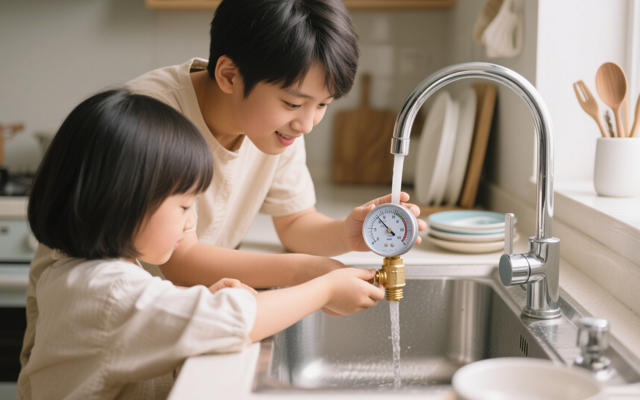
1. Check Multiple Fixtures
Test water pressure at different faucets, showers, and appliances (e.g., kitchen sink, bathroom sink, outdoor hose).
If only one fixture has low pressure, the problem is likely localized (clogged aerator, faulty valve, or pipe issue).
If all fixtures have low pressure, the issue is systemic (main supply, pressure regulator, or water heater).
2. Inspect the Aerator or Showerhead
Unscrew the faucet aerator or showerhead and check for mineral deposits, debris, or rust.
Soak it in vinegar overnight to dissolve buildup, then rinse and reattach.
3. Check the Main Shutoff Valve
Locate the main water shutoff valve (usually near the water meter or where the main line enters the house).
Ensure it’s fully open (turn clockwise to close, counterclockwise to open).
1. Activated Carbon Filters
- Removes:
✅ Chlorine & chloramines
✅ Bad tastes & odors (e.g., sulfur)
✅ Volatile Organic Compounds (VOCs)
✅ Some pesticides & herbicides
❌ Does not remove heavy metals, dissolved minerals, or microbes
2. Reverse Osmosis (RO) Systems
- Removes:
✅ Heavy metals (lead, arsenic, mercury, cadmium)
✅ Dissolved salts (fluoride, nitrates, sulfates)
✅ Microplastics & sediment
✅ Bacteria & viruses (if combined with UV)
✅ Chlorine & chemicals (with carbon pre-filter)
❌ May remove beneficial minerals (can be remineralized)
3. Water Softeners (Ion Exchange)
- Targets:
✅ Calcium & magnesium (hardness)
✅ Low levels of iron & manganese
❌ Does not remove bacteria, chlorine, or heavy metals
4. UV Purifiers
- Kills:
✅ Bacteria (E. coli, coliform)
✅ Viruses (rotavirus, hepatitis)
✅ Protozoa (Giardia, Cryptosporidium)
❌ Does not remove chemicals, metals, or sediment
5. Sediment Filters
- Removes:
✅ Sand, rust, dirt
✅ Large particles & silt
❌ Does not remove dissolved contaminants
6. Whole-House Filtration Systems
Combines multiple methods (carbon + sediment + UV) for broad protection.
- UV: Kills bacteria/viruses but doesn’t remove chemicals or particles.
- RO (Reverse Osmosis): Removes 95–99% of contaminants (heavy metals, dissolved salts) but requires electricity.
- Activated Carbon: Absorbs chlorine, odors, and organic compounds—ideal for pre-filtration.
REQUEST A QUOTE
RELATED PRODUCTS
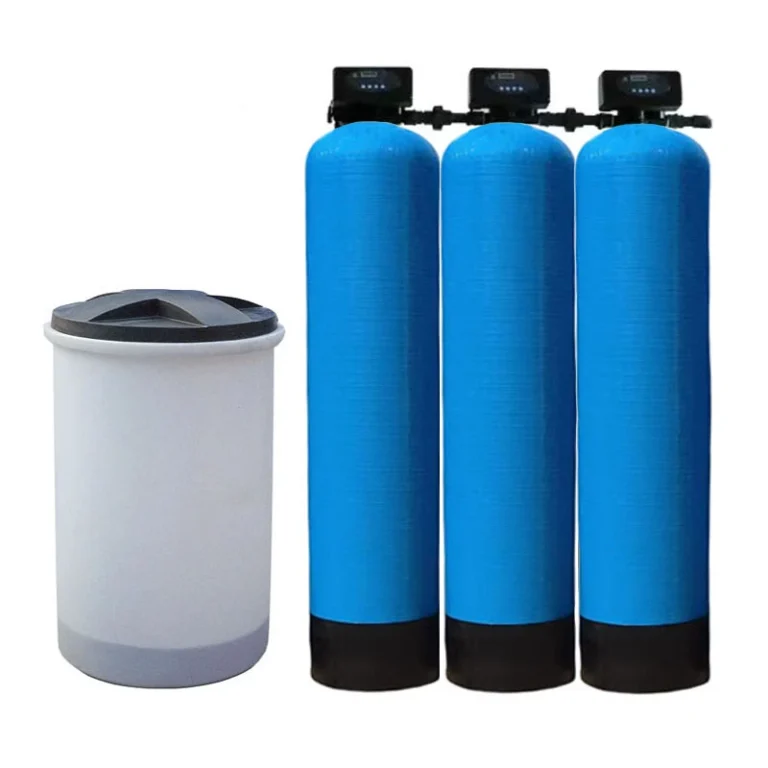
Whole House Triple Purpose Pre-Filter Ion Exchange Automatic Water Softener System for Hard Water

1500L/H Seawater Desalination Equipment Boat Watermaker Salt Water to Drinking Water System
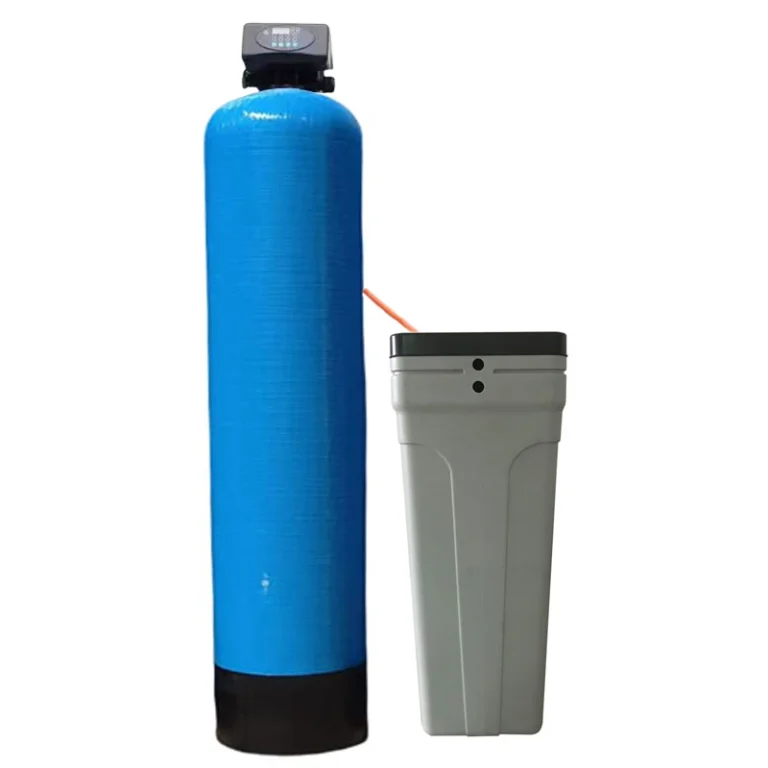
Single Column Water Softener for Iron & Hardness | Best Whole House Hard Water Filtration System

Best 6 stage Under-sink RO Purifier UV Sterilization Home Reverse Osmosis Drinking Water Filter System

Custom Deionized Water Cleaning System with Blue Filter Tank for car Wash and window cleaning



